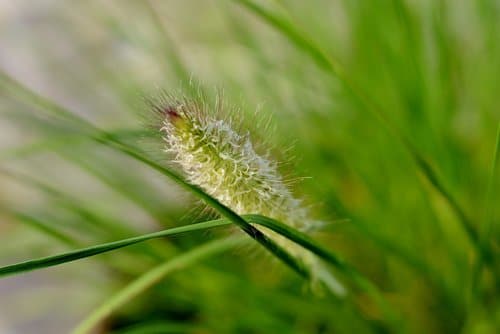Learning how to transplant ornamental grass will eventually cause you to divide and transplant your plants on your own. Ornamental grasses are one of the most beautiful additions to your yard’s landscape. However, some varieties of ornamental grasses like mondo grass, monkey grass, pampas, and maiden grass can be heavy on the pockets if you purchase several of them in one go.
The best way for these plants is to give them full sun, but the amount of sun needed will depend on the type of ornamental grass you grow. Be sure to check what kind of ornamental grass you currently have. With proper guidance on how ornamental grasses are transplanted, you can enjoy grown ornamental grasses in no time.

Transplanting and Dividing Ornamental Grass
If you have more time than money and want your lawn filled with grasses, division and transplantation is the way to go. Most ornamental grasses grow easily and quickly. Sometimes, a little bit of preparation is all you need to successfully propagate ornamental grasses and fill your yard with beautifully cultivated grasses.
Here’s how you can do it:
Step 1. Initial Considerations
Ornamental grasses are divided into two categories: warm-season and cold-season ornamentals. Warm-season ornamental grasses like feather reed grass are cold-season ornamental grass, which is best transplanted during the spring. On the other hand, warm-season plant such as the big blue stem is best transplanted during the early spring.
Step 2. Preparation
Often, planters skip the preparation step, which is a big mistake. The first step is to water the ground to make it soft and easier to dig through. Be sure to create the planting holes wider than your root balls and prepare the soil.
Step 3. Cut the Grasses Back
Before dividing, you have to cut back your grasses. If you haven’t done it yet, cut it back before proceeding on dividing your ornamental glasses as this will make the transplanting easier. As a good rule of thumb, start cutting back any top growth from 2 to 3 inches above the soil line.
Step 4. Dig up the Root Ball
Using a shovel, work around the edges of the grass you want to transplant and lift it out. If the root ball is bigger, you may have to do this in sections. Don’t worry about splitting the roots of the root ball; this will happen anyway when you start dividing.
The plant will be able to tolerate the splitting, especially if they’re still in the stage of dormancy.
Step 5. Split the Root Ball and Transplant
If the root ball is still large, you may have to split it into separate 3-inch wide root balls as this length is known to produce the best results in a year. Be sure to choose the root ball’s sides when transplanting because the center tends to be a dead part. Instead, place the dead center of the root ball into the compost.
The hole you dig should be twice the size of the root balls and place the transplants in. Mix the compost with the soil and fill the hole with soil just enough to cover the root ball’s crown. Once the plant settles, and the temperatures are right, new growth will be visible from the crown.
Growing Plants Inside the Greenhouse
Whether you’re planning on growing cold-season ornamental grasses or warm-season types, one of the best ways you can successfully do that is to grow and propagate your plants inside a greenhouse. Here are four reasons why:
You can control the climate
Having a greenhouse allows you to control the climate of the internal environment. This means that you can plant anything you want inside the greenhouse – both warm and cold-season plants. Since you will have greater control of the environment, you will also have the ability to extend the grasses’ growing seasons.
Prevents pest infestations
By placing your grown plants inside the greenhouse, you can protect them from the destruction caused by rodents and pests. Beavers, squirrels, and rats can destroy the soil and eat the roots of your ornamental grasses. With shelter inside the greenhouse, you can avoid this from happening.
Weather protection
Another benefit of having a greenhouse is that you can protect your plants from the harsh weather. If the weather is scorching, you can place your plants inside where you can manipulate the environment to be cooler, or when it’s too cold; you can give your plants warmth inside the greenhouse. Other than that, floods and strong winds can destroy your plants, and one way to ensure their survival is to keep them inside the greenhouse where they are protected.
Enjoy fresh harvests all year long
It’s not just beautiful flowers and ornamental grasses you can grow in your greenhouse, but you can also grow vegetables and fruits. With a greenhouse, you can grow any fruits and vegetables you want and enjoy fresh harvests all year long. Suppose you wish to enjoy a cold-season vegetable like spinach or cauliflowers, or warm-season vegetables like beans and cucumbers. In that case, you can harvest it from their greenhouse whenever they want.
Final Words on How to Transplant Ornamental Grass
Learning how to transplant ornamental grasses is one of the most cost-saving ways for you to beautify your landscape. You can divide, transplant, and propagate just about any types of ornamental grasses with the right knowledge – be it warm-season or cold-season grasses. Before you know it, your yard will be full of ornamental grasses, just as how you wanted it.
